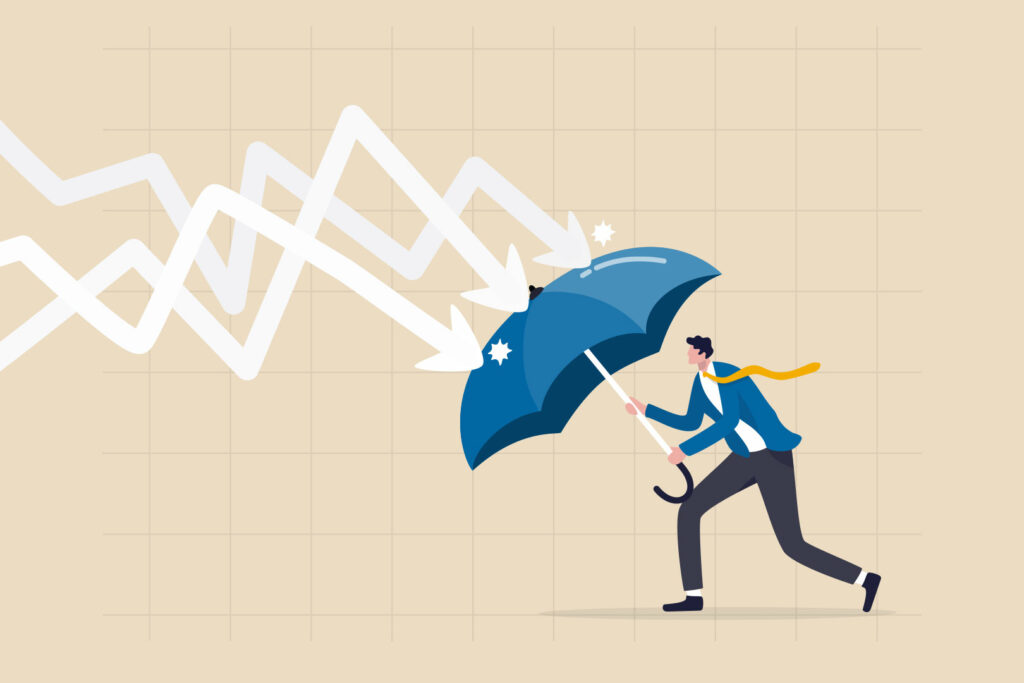
Supply chain resilience has been one of the hottest topics over the past three years, with numerous disruptions and challenges facing procurement professionals across the globe.
Resilience can be defined as “the capacity to recover quickly from difficulties.” We like to think of it as flexibility, durability and adaptability as opposed to specific robustness.
Achieving supply chain resilience is avoiding rigidity, fragility, vulnerability or weakness so that your supply base can handle whatever is thrown at it.
Sometimes, it’s attractive to aim for strength, but as we’ve seen from recent history, there’s very little one can do to prepare you for such seismic events. However strong your supply chain strategy is, the ability to be resilient to the shifting dynamics in your industry the better your chances of success.
But what does this mean in practice? We believe there are four C’s of resilience that we’ve adapted from the psychological concept of resilience that rings true for the supply chain discipline.
Control
The first C on our list is one of the most important factors in creating a successful supply chain in any organisation – Control.
From a resilience perspective, control is the thorough understanding of your supplier base, encompassing all of the appropriate data on financial, employment, accreditation, certification, contract management and any other criterion relevant to each of your suppliers.
It’s also imperative to understand the delicate interplay between your suppliers, your products and the level of strategic importance across the supply base – preferably in a matrix of impact and strategic importance.
The next step is to blend in performance data about how the suppliers are delivering against their commitments and contracts too.
Once you have all this data to hand you can analyse the current situation and identify areas where the business may, or may not, be resilient.
This is where a platform like SourceDogg comes into its own, being able to have all of your supplier data in one place, shareable across teams and divisions allows you to feel much more in control and begin to take the appropriate action.
Coping

It may seem like a strange term to use in this context, but having “coping mechanisms” applies just as much to supply chain resilience as it does to its psychological counterpart.
What we mean by coping from a supply chain resilience point of view is that you have a set of strategies, objectives and rules that form an “if this then that” style recipe. Once you have control of your data, you can start to understand if you have particular areas of the business that are over-reliant on certain suppliers – therefore increasing risk. Or it can highlight underperforming suppliers that are affecting commercial delivery and customer perception. In each of these cases, the Coping mechanism deployed may be to look for a diversity of suppliers by going back out to the market, or begin a tighter performance review through a supplier relationship management platform to get your supplier back on track and where your customers expect them to be.
Coping simply means that you have options, tactics and methodologies to deploy in a continual improvement process which is especially handy when the going gets tough.
Competence
We understand that data and a shiny new digital transformation won’t necessarily be the silver bullet solution to supply chain resilience. The data and insight delivered still has to be analysed and interpreted into knowledgeable and effective decisions by the people within your business.
This is where the role of the supply chain professional is changing and addressing competencies within the team in light of these changes is an essential part of enhancing supply chain resilience.
Here, we’re referencing the ability to know how to handle both the data itself and supplier relationships effectively in difficult circumstances. How one interprets the data, thinking critically, making rational decisions and minimising bias are all skills that need to be developed but that are hugely influential in the creation of resilient supply chains.
It’s also important to be able to handle the internal relationships and challenges effectively too, as the impact on sales, marketing and the executive team will be greater if there isn’t open, transparent communication.
Sometimes, when problems arise, some team members can tighten up and hold their cards closer to their chest whereas coaching a different approach may help drive better results and help other teams and divisions do their best work to manage expectations and make the whole operation run more smoothly.
Collaboration
Supply chain resilience relies on connection and clarity with the suppliers themselves, so we’ve amalgamated these two additional C’s into Collaboration.
A collaborative relationship is respectful and reciprocal and that realises the benefits of mutual success. Resilience isn’t just about strengthening your own business but proactively working upstream with the suppliers through the tiers to ensure that you have better Control and visibility of the entire supply chain.
So if you’re buying pre-fabricated items for a project that relies on a particular raw material, working with the supplier to forecast as accurately as possible ensures that they too build in the resilience you need to minimise the impact downstream on your projects.
It may be that you begin to amend something as simple as meeting frequency in rocky times or you could begin to address contract terms as a fortification. In addition, from a commercial perspective, there could be cash flow discussions that entertain placing “holding” purchase orders and pre-orders to help secure the entire flow of goods against disruption.
These strong relationships help steady the ship for everyone and you’re less likely to be forced into a high-risk strategy of short-term seeking of new sources for goods with unproven suppliers due to supplier relationship mismanagement.
Is Your Supply Chain Resilient?
In conclusion, there is no singular factor or practice that will automatically deliver supply chain resilience and the opportunity for success in difficult times. However, we strongly believe that by incorporating these four key themes into your procurement function then you’re off to a great start.
We’d love to show you how SourceDogg delivers data Control, requires minimal Competence to learn and implement and delivers insight that will help you develop strong Coping mechanisms for any disruption. We’ve got an amazing Supplier Relationship Management module that’s built for Collaboration too!
Get in touch today for a personalised demo of the platform and let us help your team in their striving for agility and flexibility in the supply chain.





